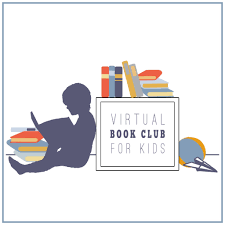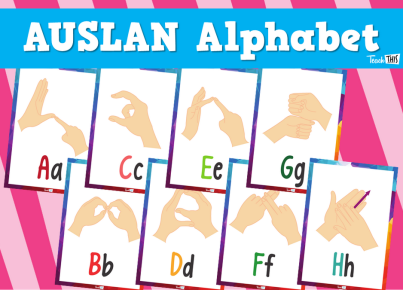Introduction
In recent years, digital technology has flourished in the field of education, leading to innovative learning resources. One such example is the use of ‘virtual books’ to record and assess children’s language development. This revolutionary approach holds immense potential in enhancing language acquisition while providing educators and parents with valuable insights into a child’s progress. This article will explore the concept of virtual books, their implementation in language assessment, and the benefits they bring to the educational landscape.
Understanding Virtual Books
Virtual books are digital versions of physical books that incorporate multimedia elements such as text, audio, images, and video. They enable children to engage with content in diverse ways to suit their learning styles while fostering interest in reading and writing. As interactive learning resources, virtual books offer a personalized and engaging medium for children to practice language skills.
Implementation in Language Assessment
Incorporating virtual books into language assessment effectively involves three critical stages:
1. Content Selection: Educators must select appropriate virtual books for their students based on factors such as age, skill level, interests, and curriculum goals. This tailored approach ensures that children remain engaged while working on suitable learning tasks.
2. Monitoring Progress: While children interact with virtual books – reading, listening, and recording their responses – teachers can observe their performance through integrated assessment features. For instance, they can analyze children’s pronunciation, vocabulary usage, sentence construction, and comprehension.
3. Providing Feedback: Timely feedback is crucial for a child’s language development. With virtual books’ numerous interactive features, teachers can offer personalized feedback through annotations or audio recordings that address specific areas for improvement.
Benefits of Using Virtual Books
Virtual books offer several advantages when it comes to recording and assessing children’s language:
1. Motivation: The use of technology often motivates children who may not typically show interest in traditional print media. Interactive elements like animations, audio, and games make the learning experience more enjoyable, encouraging continued participation.
2. Personalization: Virtual books cater to diverse skill levels and learning preferences, creating a personalized experience for each child. This tailored approach is essential in maintaining engagement and enhancing language proficiency.
3. Flexibility: As virtual books are accessible anytime and anywhere, children can work at their pace and revisit content for reinforcement. They can also use multiple devices, offering even greater flexibility in their learning journey.
4. Collaboration: Virtual books facilitate collaboration between teachers, parents, and peers by providing an easy platform to share progress, insights, and feedback.
5. Analytics: The digital nature of virtual books allows for robust data collection on children’s performance. This data is invaluable in identifying trends, informing instruction adjustments, and tracking progress over time.
Conclusion
The use of virtual books for recording and assessing children’s language growth is a groundbreaking educational tool that harnesses modern technology’s strengths to offer an engaging and personalized learning experience. As educators continue to embrace the digital era, virtual books are proving to be a valuable resource in promoting language development with substantial benefits for both students and teachers alike.





